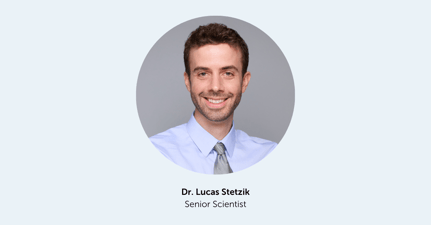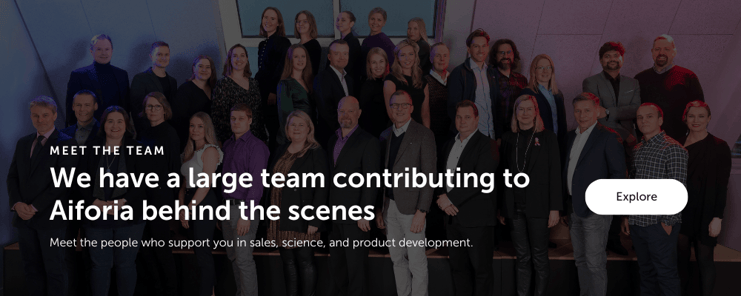
What do you do for Aiforia?
I’m a Senior Scientist here at Aiforia. I work with researchers and clinicians to help them develop their AI models. I also facilitate training sessions with larger groups of new Aiforia Create users so that they are comfortable using the platform once they dive into their own research projects.
What is your expertise?
I did my Ph.D. in behavioral neuroendocrinology, then did a post-doc at the University of Florida studying calcium imaging – more specifically, in-vivo imaging with motivated behavior in animals. Finally, I did a second postdoc at the Van Andel Institute studying Parkinson’s disease.
What did you use Aiforia Create for and how long did you use it before joining the company?
One of the ongoing projects at the Van Andel lab was a machine learning study quantifying microglia, which is where I was introduced to Aiforia Create. I began using Create in October of 2019, so I currently have about 3 years of experience using the platform.
What did Aiforia Create allow you to do that you couldn’t before?
Aiforia Create allowed us to get very specific morphological quantifications of microglia on a much larger scale than before. In the past, we made very select, small samples from our images and analyzed them with a custom-made MATLAB script or something adjacent, but we knew there was room for improvement. There was always an issue with sampling by hand — we wanted to minimize any potentially biased results but because we always chose examples that worked with our script some bias was unavoidable. With Aiforia Create, we were able to quantify everything in the region that we were interested in and get a much more biologically relevant result.
What is your favorite part about working at Aiforia?
My favorite part would be exploring all the different ways that images can be quantified and their impact in the real world. On a day-to-day basis, helping customers build their own AI models is one of the most exciting parts of working here.
What are your favorite types of projects to work on?
I love working on projects that have translational clinical relevance. Anytime that the work that I am doing can improve patient care in some way, even if that means someone got their diagnostic results back 6 hours faster, it means the world to me.
